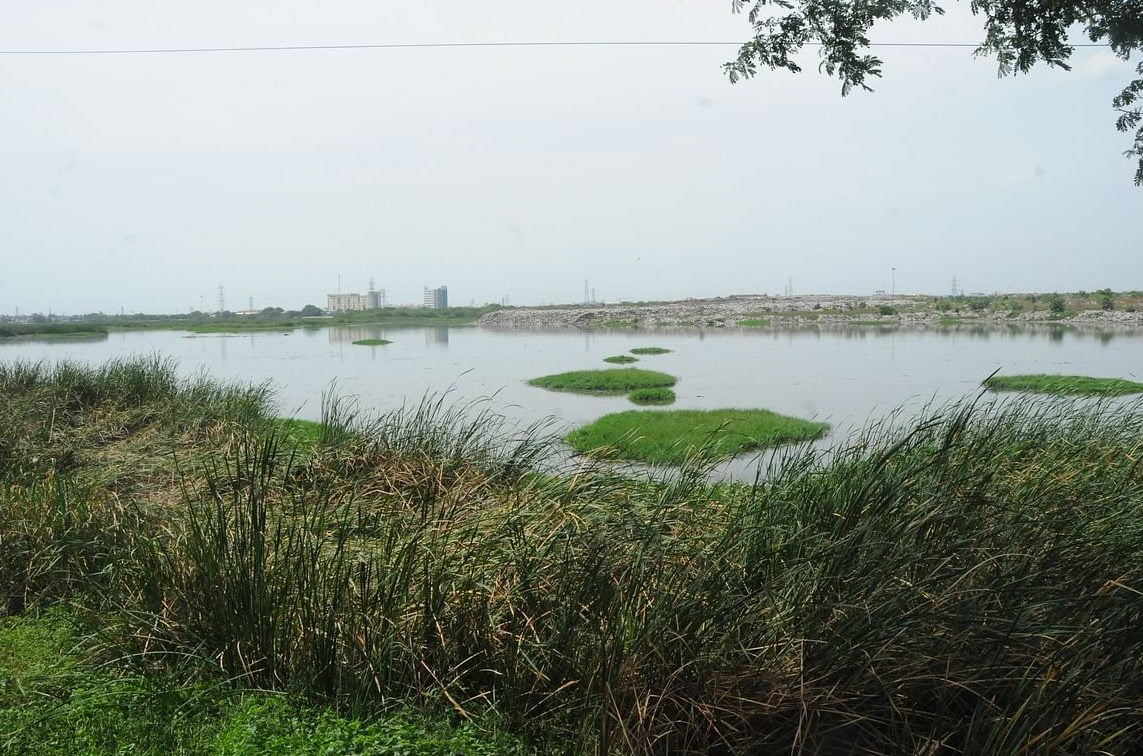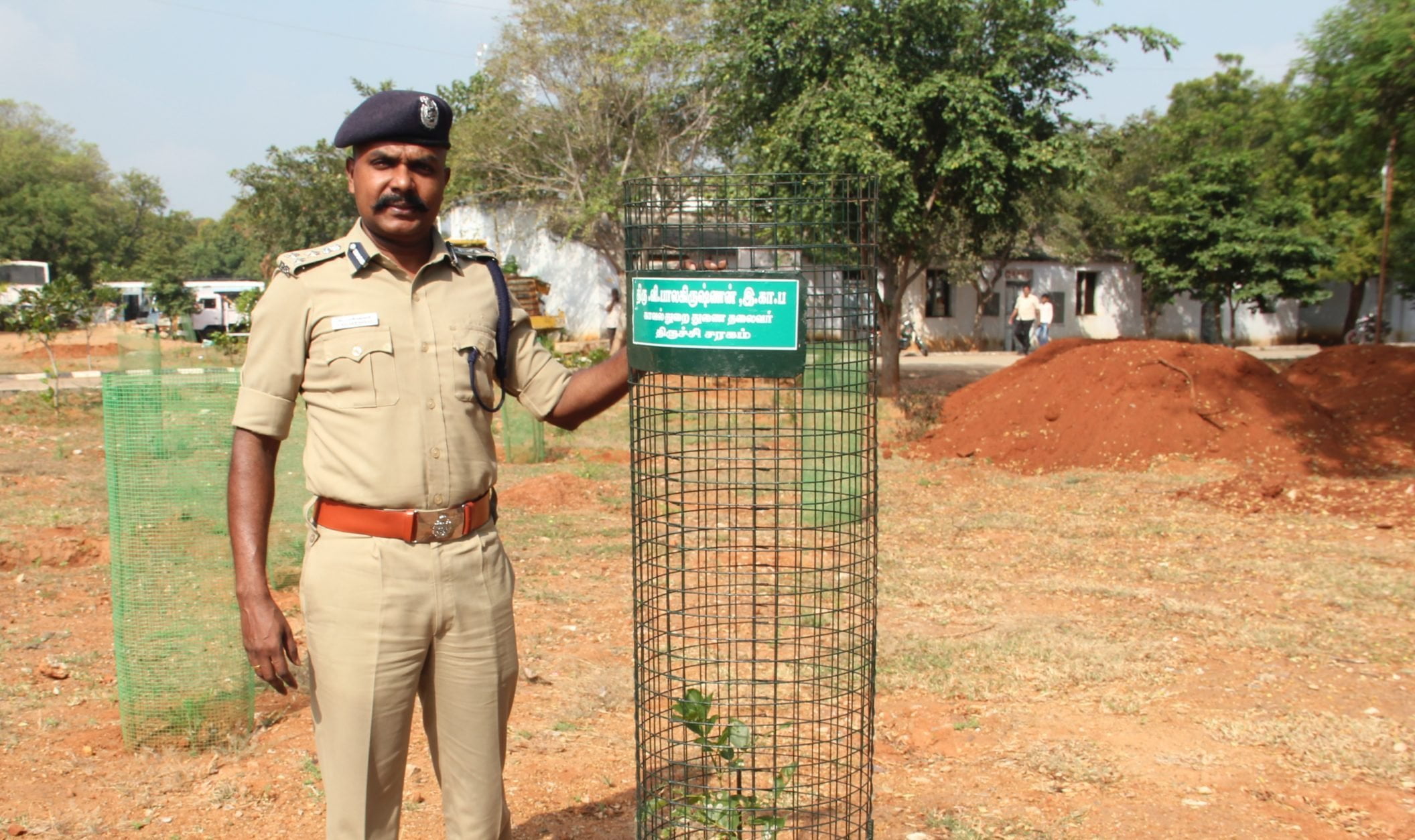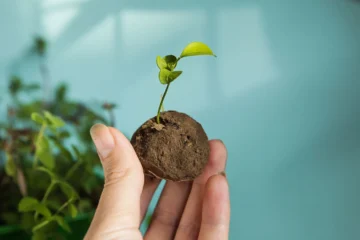Published in the Journal: February 2021
Constructed wetlands are engineered wetlands created specifically for treating wastewater from various sources, including industrial effluents, domestic sewage, and municipal wastewater. These artificial wetlands serve as self-sustaining ecosystems teeming with plants, animals, microorganisms, and other life forms, with designs that vary based on the type and composition of wastewater being treated. These wetlands can be established on unused land, making them adaptable and eco-friendly solutions.
Wastewater Treatment Process
Since wastewater is typically dense, it is first retained in tanks to reduce its concentration before being directed into these wetlands. The constructed wetlands utilize specific plants, gravel, and the microbial communities present within them to help purify the water naturally. This approach significantly reduces operational costs for treatment plants by utilizing biological processes.
History of Constructed Wetlands
The concept of wetlands for wastewater treatment has been in use for over 90 years, with research on such systems beginning in the 1950s at the Max Planck Institute in Germany. Large-scale studies followed in the United States during the 1970s and 1980s, leading to widespread adoption in the late 1980s. Initially, these wetlands focused on domestic wastewater, but by the 20th century, they were used for agricultural, mining, aquaculture, and other industrial wastewater treatments.
Structure of Constructed Wetlands
Constructed wetlands are carefully designed environments containing layers of water, substrate materials (soil, sand, gravel), aquatic plants, aquatic animals, and microorganisms.
- Water: The hydrology of a wetland is crucial for its efficiency in treating wastewater. Wastewater is held in shallow beds, maximizing the surface area and enhancing purification.
- Substrate Materials: Soil, sand, gravel, rocks, and organic matter are used to establish the wetland’s base. These materials help filter out sediments and organic waste, becoming habitat zones for microorganisms vital in breaking down pollutants.
- Aquatic Plants: Water plants and algae play a primary role, stabilizing the wetland substrate and slowing down water flow, which allows for better absorption of pollutants by plants. These plants also house microorganisms in their stems and roots that break down organic matter into minerals, further purifying the water.
- Aquatic Animals: Constructed wetlands support a range of aquatic life, from invertebrates that help clean organic particles to other species like turtles, birds, and mammals, adding to the biodiversity of the system.
Types of Constructed Wetlands
- Surface Flow Wetlands: These are designed for large-scale municipal wastewater treatment, where water flows horizontally across plant roots, requiring a larger area similar to a pond. Common plants include water lilies and pickerelweed.
- Subsurface Flow Wetlands: Wastewater flows through substrate materials without remaining on the surface, reducing issues like odor and mosquito breeding, especially in cold climates. These are divided into:
- Horizontal Flow Wetlands: Wastewater flows horizontally through gravel layers.
- Vertical Flow Wetlands: Wastewater percolates vertically through substrate layers, providing higher energy efficiency.
Subsurface flow wetlands are effective for treating various wastewater types, such as domestic, agricultural, mining runoff, and meat processing wastewater. However, they incur higher construction and maintenance costs.
Benefits of Constructed Wetlands
Constructed wetlands provide cost-effective, natural treatment options for different wastewater types. They can even purify contaminated groundwater for agricultural reuse, remove heavy metals, and support diverse wildlife. Approximately 90% of constructed wetlands worldwide treat municipal wastewater, with an average capacity to handle one million gallons daily, typically covering 250 acres.
Limitations
Constructed wetlands are expensive to build and maintain, especially in winter when upkeep costs rise. They require extensive land and may emit odors due to stagnant water in cold conditions. In developing countries, they have proven effective, though further research may help overcome some operational challenges, improving their utility and efficiency.
Dr. P. Padmavathi, S. Subashree Devasena, T. Manimegalai, V. Rani, Department of Water Environmental Management, Fisheries College, Thoothukudi









